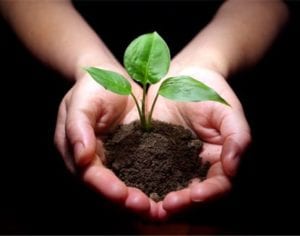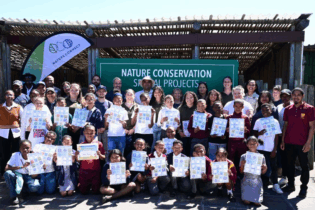It may not be as visually striking as a green forest or appear as vital as fresh water, but plain-looking soil is a natural resource just as essential to sustaining life on Earth.
Soil provides nutrients, water and minerals to plants and trees, stores carbon and is home to billions of insects, small animals, bacteria and many other micro-organisms.
Yet the amount of fertile soil on the planet has been diminishing at an alarming rate.
One of the Food and Agriculture Organisation (FAO)’s 14 themes of focus in sustainable development, soil has been among priority areas discussed at UN headquarters in New York where intergovernmental negotiations for a post-2015 development agenda are currently taking place.
Underscoring its importance 2015 has been declared the International Year of Soils by the United Nations.
Here are five reasons to treasure our often overlooked natural resource.
1. Healthy soil feeds the world
“The quality of our food very much depends on the quality of our soil,” says Ronald Vargas, Soils and Land Management Officer at FAO. “Soil degradation is a silent process but with huge consequences for humanity. Studies show that about a third of the planet’s soils are facing moderate to severe degradation.”
2. Soil, like oil or natural gas, is a finite resource
Soil is non-renewable – its loss is not recoverable within a human lifespan. It can take hundreds to thousands of years to form one centimetre of soil from parent rock, but that centimetre of soil can be lost in a single year through erosion.
Poor farming practices – extensive tilling, removal of organic matter, excessive irrigation using poor quality water and overuse of fertilisers, herbicides, and pesticides – deplete soil nutrients faster than they are able to form, leading to loss of soil fertility and degrading soils.
Some experts say the number of years of top soil left on the planet is comparable to estimates for reserves of oil and natural gas.
At least 16 percent of African land has been affected by soil degradation.And globally, 50 000 square kilometres of soil, an area the size of Costa Rica, is lost each year, according to the Global Soil Partnership.
Click here to read part 2








